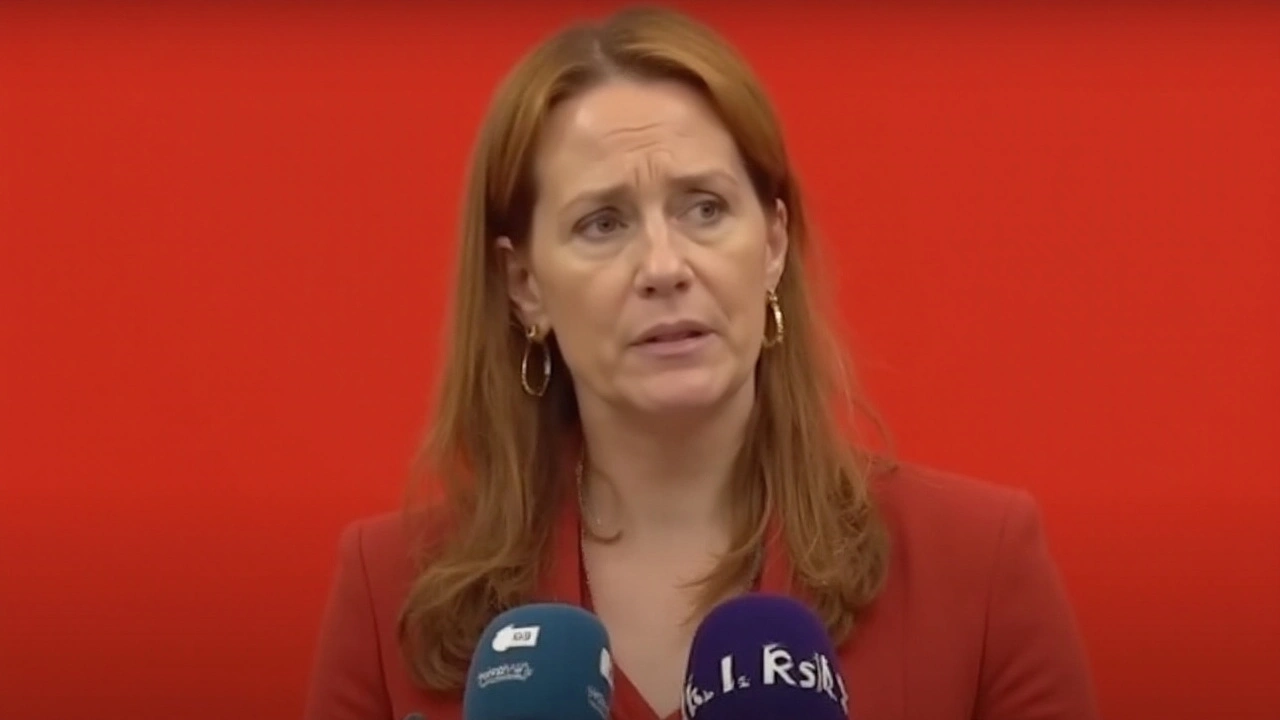Stamp Duty Scandal: What Every Buyer Needs to Know
If you’ve been watching the UK property market lately, you’ve probably heard the term “stamp duty scandal” tossed around like a hot potato. It isn’t just another headline – it’s a real issue that’s changed how many of us think about buying a home. In this guide I’ll break down what stamp duty actually is, why the scandal erupted, and what you can do to protect yourself if you’re planning to buy or sell.
How the scandal started
Stamp duty, officially called Stamp Duty Land Tax (SDLT), is a tax you pay when you buy property over a certain price. The rules have shifted a few times, but the core idea stays the same: the more expensive the house, the higher the tax bill.
Things went sideways in 2023 when a leaked government document showed that the Treasury had quietly lowered the threshold for first‑time buyers without announcing it publicly. At the same time, a group of high‑value investors discovered that the new rates were being applied inconsistently across different regions. The resulting confusion sparked accusations of favoritism, hidden loopholes, and even potential corruption.
Media outlets called it a “stamp duty scandal” because the lack of transparency seemed to give an unfair advantage to certain buyers while leaving ordinary families with surprise charges at the closing table.
What it means for you
For most homebuyers, the scandal translates into two concrete risks: unexpected costs and timing headaches. If you’re in the market for a house worth £300,000, you might have expected to pay around £5,000 in SDLT. After the leak, similar properties in some boroughs were suddenly charged an extra £2,000. That’s money you didn’t budget for and could sabotage your mortgage approval.
Another snag is the rush to finish deals before any new legislation kicks in. When the Treasury announced a review, many sellers tried to lock in sales quickly, creating a frantic market where prices spiked and negotiations became tense. If you’re thinking of buying, it’s worth checking the latest SDLT calculator and confirming the exact rate with your solicitor.
So, what can you do? First, stay informed. Follow reputable property news sites and sign up for alerts from the HMRC. Second, ask your solicitor for a detailed breakdown of the stamp duty you’ll owe – don’t accept a vague estimate. Third, consider timing your purchase. If a review is pending, waiting a few weeks could save you a few thousand pounds.
Finally, think about mitigation strategies. Some buyers use “linked transactions” to spread the tax burden across multiple purchases, while others explore exemptions for first‑time buyers or move‑to‑rent schemes. These aren’t magic tricks, but they can lower the overall tax hit if you plan them correctly.
The stamp duty scandal reminded us that tax rules can change overnight and that transparency matters. By staying alert, asking the right questions, and working with trusted professionals, you can navigate the fallout without losing sleep.
Bottom line: the scandal isn’t just a headline; it’s a wake‑up call for anyone eyeing a property in the UK. Keep an eye on the news, double‑check your numbers, and don’t rush into a deal you can’t afford. The more you know, the better you’ll protect your wallet and your dream home.
Angela Rayner resigns as UK Deputy PM over stamp duty shortfall after ethics probe
Angela Rayner quit as Deputy Prime Minister and Housing Secretary after an inquiry said she fell short of ministerial standards over stamp duty on a £800,000 Hove flat. The report found she acted in good faith but should have sought clearer tax advice. She said she takes full responsibility. Keir Starmer accepted her resignation with sadness, as Labour loses one of its most forceful voices on housing.



